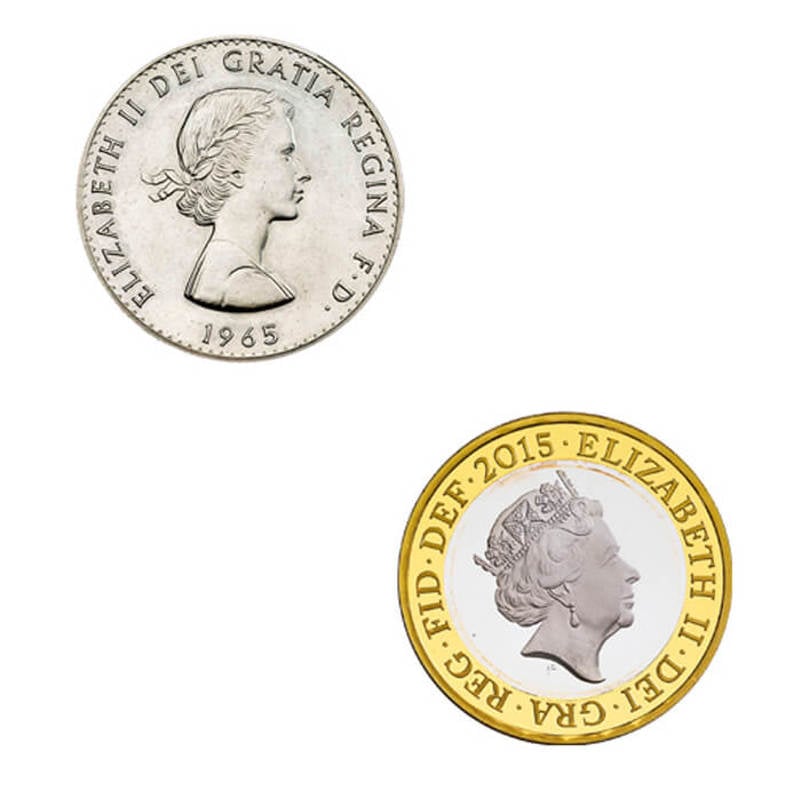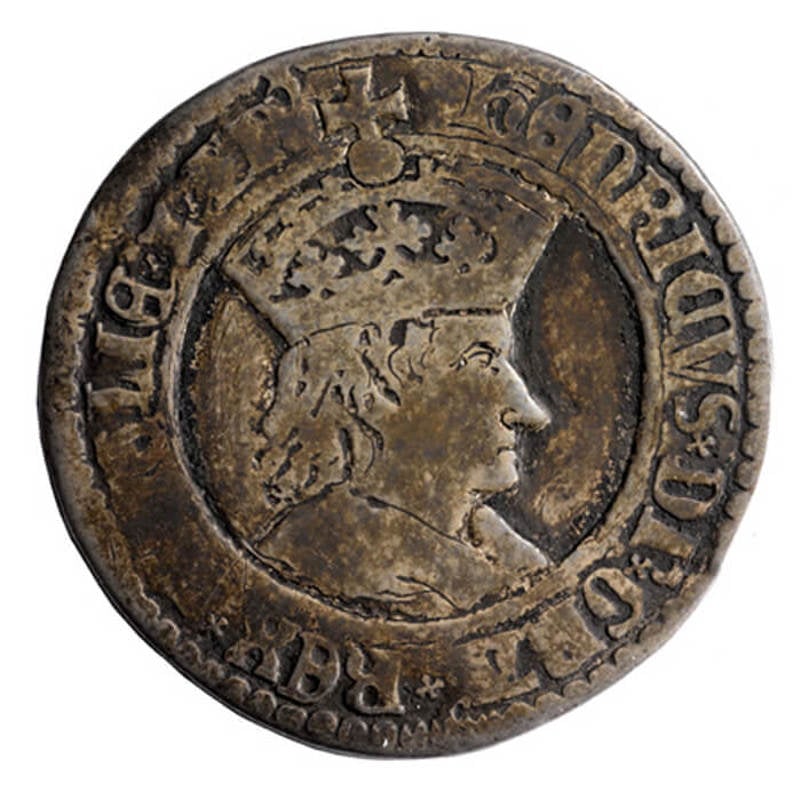Mary Gillick
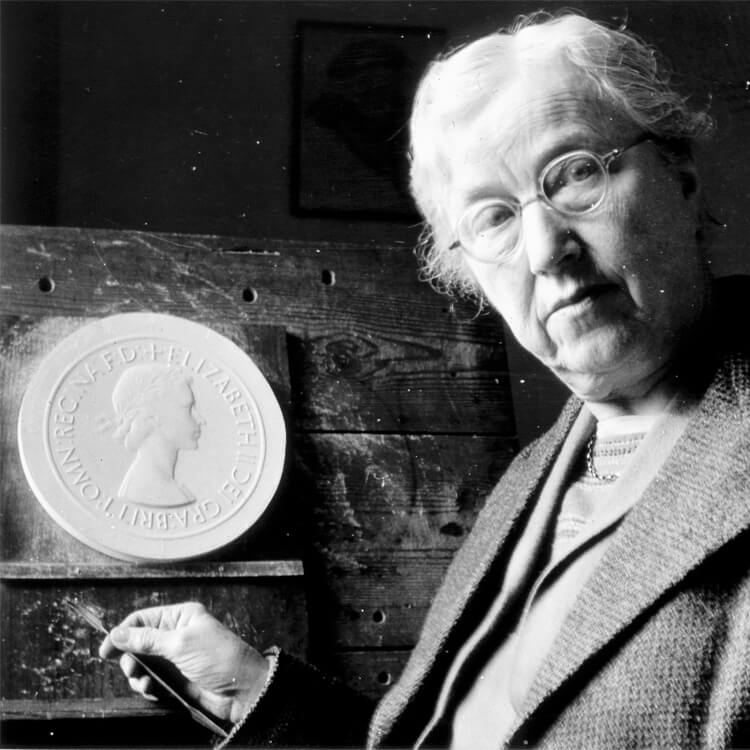
Mary Gillick found fame late in life by designing the first portrait for the coinage of Her Late Majesty Queen Elizabeth II. A 71-year-old widow, recently having lost her husband in 1952, who had never designed a coin before was an unlikely candidate to produce the first coinage portrait of Her Majesty. Fighting off stiff competition from the likes of seasoned numismatic artists such as Humphrey Paget and Cecil Thomas, Gillick’s graceful Italian Renaissance-style portrait was a marked contrast to what Humphrey Sutherland, described as the ‘looming heads of Edward VII and George V.
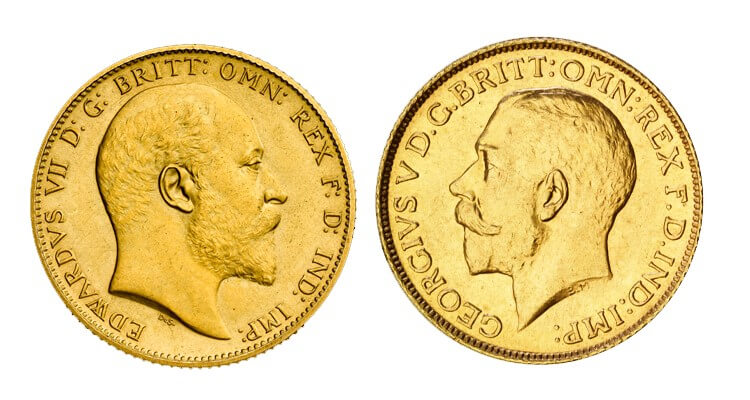
The 'looming heads' of Edward VII and George V
The competition, which was judged by the Royal Mint Advisory Committee, presided over by the Duke of Edinburgh, allowed Gillick direct access to Her Majesty and during the development of her portrait she was able to have a sitting at Buckingham Palace. Gillick described the monarch as an ideal sitter and for an hour she was able to make sketches of her. Little was said between the two, but the Her Majesty, aware of the artist’s intention to include a wreath, asked not to be made to look too much like Julius Caesar.
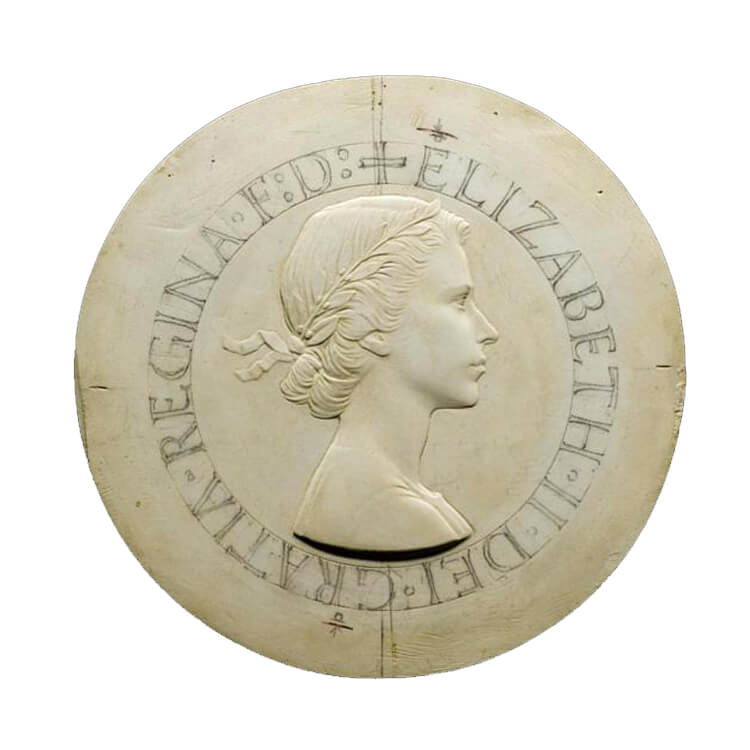
Plaster model of the new portrait by Mary Gillick
Graceful and charming, the new portrait was well received, drawing favourable comparison with that adopted for the Victorian bronze penny of 1860. It caught the spirit of vitality associated with the dawning of a new Elizabethan era and would appear on coins issued over 13,000,000 square miles of the earth’s surface. In an age before the advent of mass media, Gillick’s portrait of Queen Elizabeth II was seen on a daily basis by millions of people and achieved the kind of popular recognition that few pieces of art ever manage. Despite being well received, the softly modelled nature of the design caused considerable problems, being easily prone to wear. As a result, the Mint went to great lengths to add definition to the portrait, the design being much more deeply engraved in the years after it initially appeared.
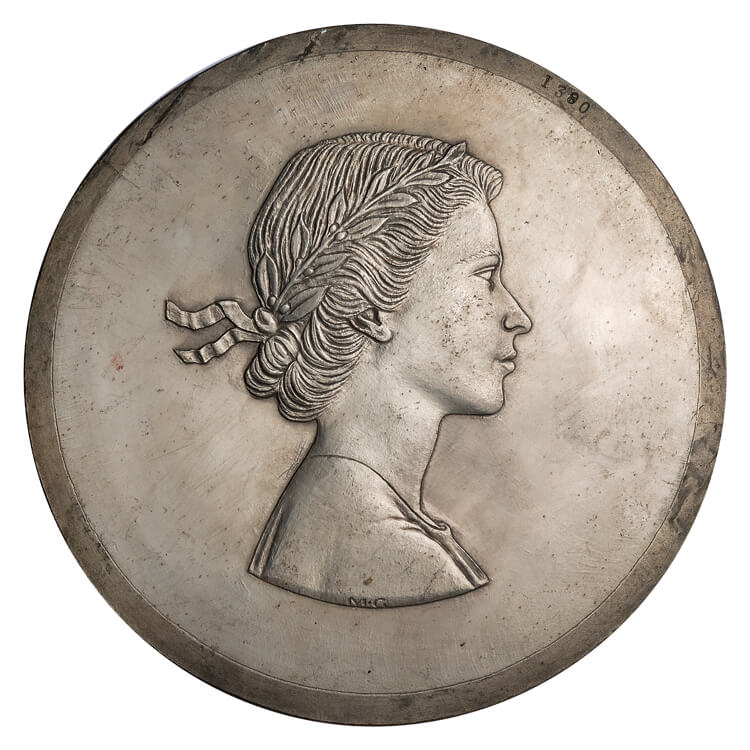 Deeply engraved electrotype of Mary Gillick's effigy of Elizabeth II
Deeply engraved electrotype of Mary Gillick's effigy of Elizabeth II
Decimalisation would bring to an end the use of the Gillick portrait on the United Kingdom’s circulating coins and, as early as 1962, the new Deputy Master of the Mint, Jack James, was seeking to develop a fresh portrait of Queen Elizabeth II. He believed that this would aid the transition from the old to the new systems, allowing people to distinguish readily between the two from the portraits alone.

Jack James, Deputy Master of the Mint
Mary Gillick’s work has, however, lived on and still appears on Maundy Money and some official medals. It is a fitting testament to a much underrated and under celebrated artist and for Gillick it was a great success. At a time when most artists see a decline in the amount of work they receive, Gillick said in 1960, ‘My head of the Queen has brought me good luck and I have never been out of work since doing it’.
Find out more about Mary Gillick and the portrait of Queen Elizabeth II in this discussion which was streamed live on May 31, 2022. The talk celebrated Her Majesty's Platinum Jubilee, for which the British Museum put on a display, Mary Gillick: modelling The Queen's portrait (2 June – 3 July). The shows curator Philip Attwood is joined by Dr Kevin Clancy, Director of the Royal Mint Museum, and Alessandro Nasini of the Royal Collection Trust, to consider how this image of Queen Elizabeth II was designed and struck in coinage. They also explore how it fits in with the development of Her Majesty's image over her 70-year reign, especially through photography.
You might also like
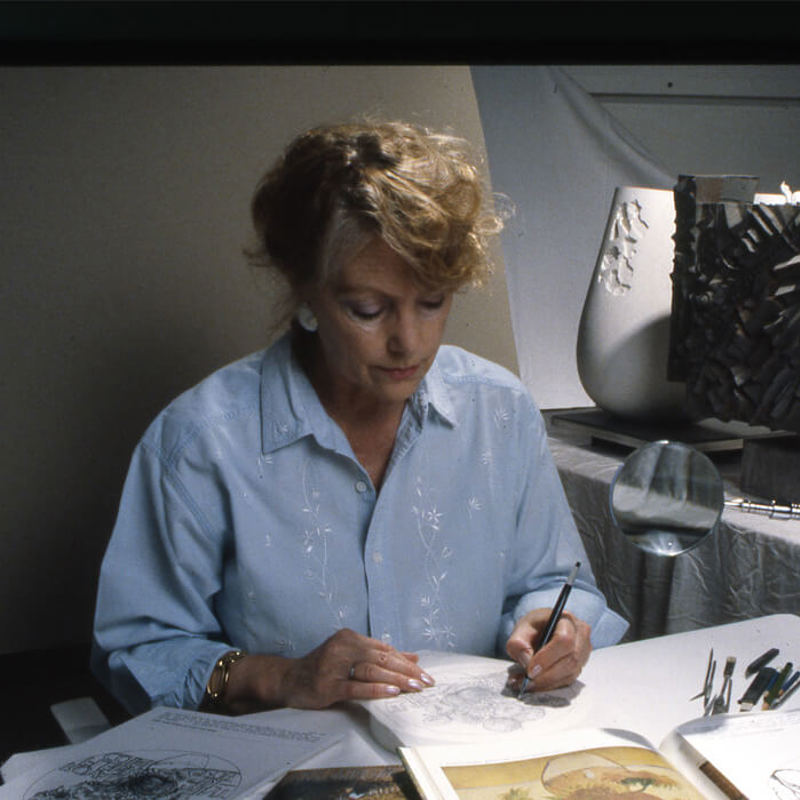
Mary Milner Dickens
The characteristically thoughtful designs of the sculptor Mary Milner Dickens have appeared on many commemorative coins.
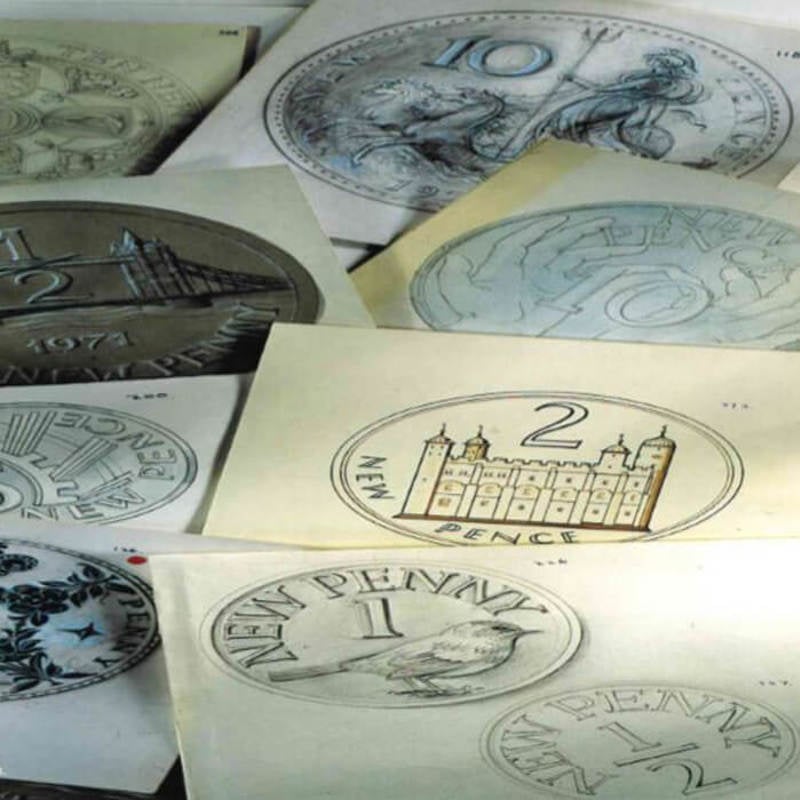
Decimalisation
On 1 March 1966 the Chancellor of the Exchequer, James Callaghan, announced that the centuries-old £sd system would be replaced by a decimal currency.

